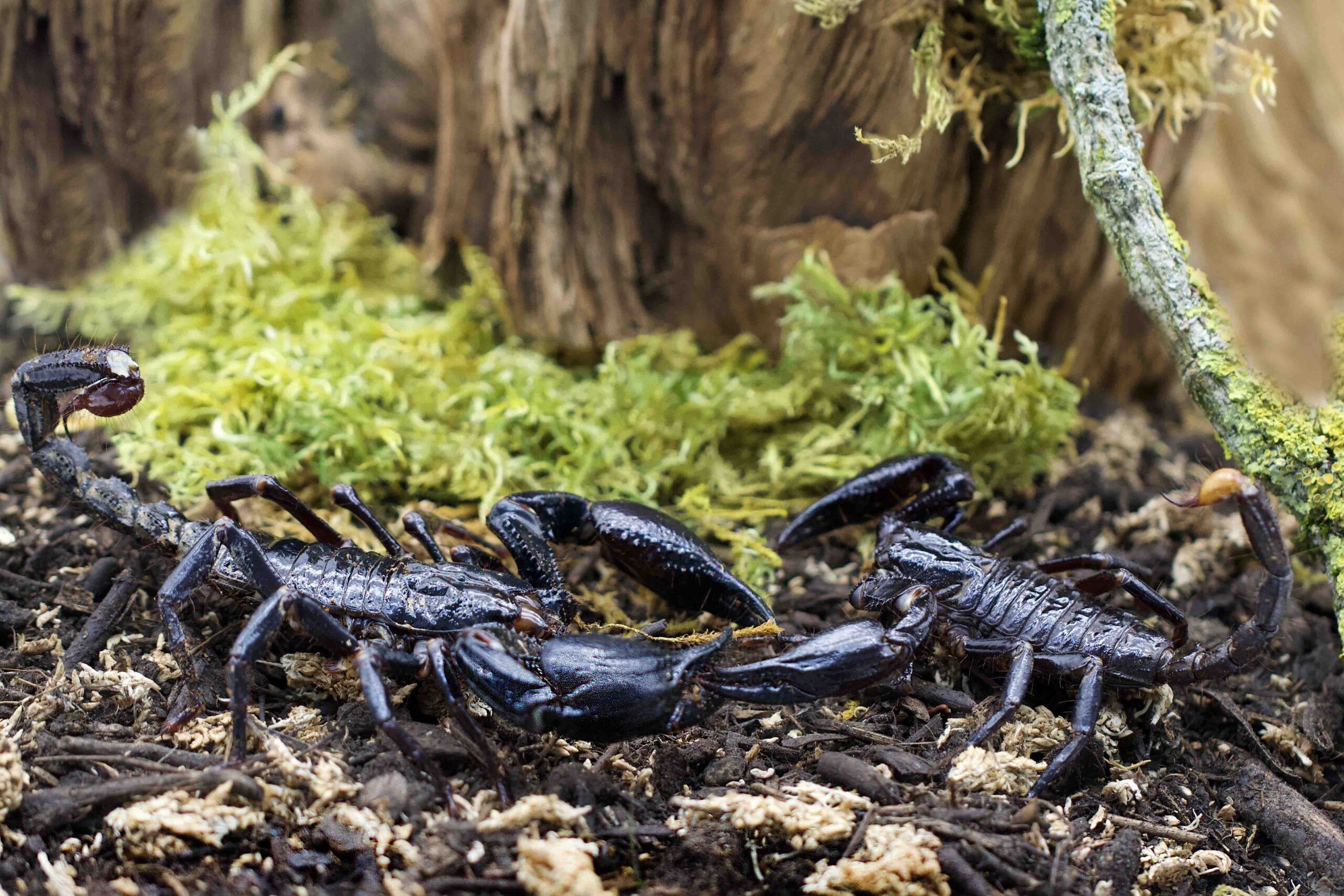- Joined
- Aug 15, 2024
- Messages
- 126
I purchased this as a Heterometrus longimanus but it was from a chain pet store so I want to make sure which Heterometrus it is.
Also how do you ventrally sex scorpions? Pretty sure its fully grown so I doubt I'll be getting a molt.
Oh and after buying it, I was told by both the clerk and the internet that H. longimanus is parthenogenic, curious if thats true?
Also how do you ventrally sex scorpions? Pretty sure its fully grown so I doubt I'll be getting a molt.
Oh and after buying it, I was told by both the clerk and the internet that H. longimanus is parthenogenic, curious if thats true?
Attachments
-
347.8 KB Views: 38
-
581 KB Views: 41
-
479.8 KB Views: 40




















